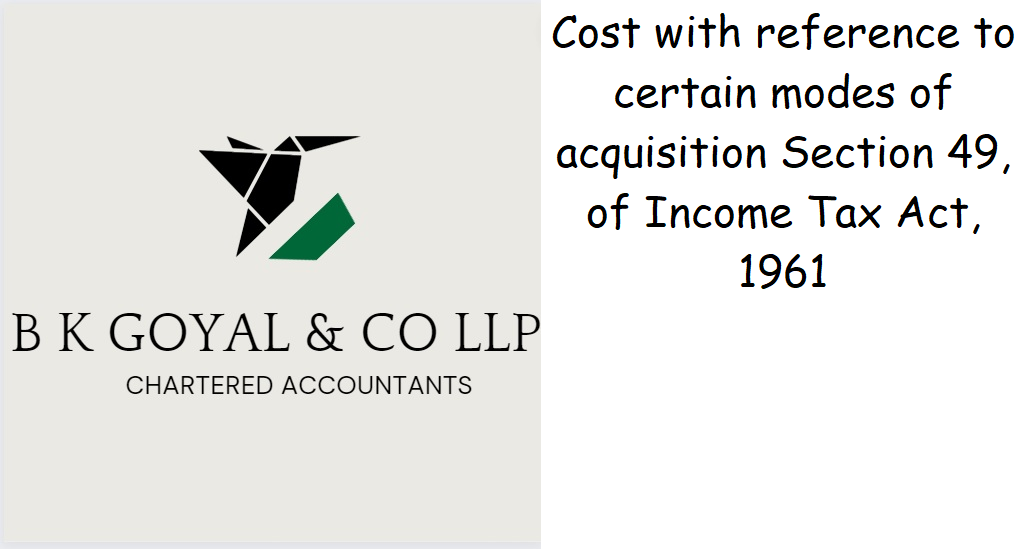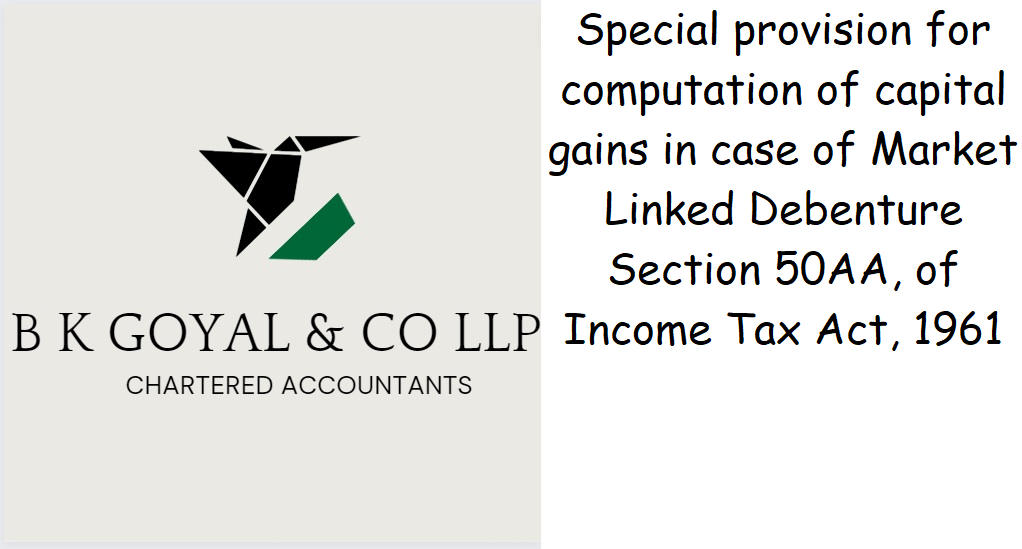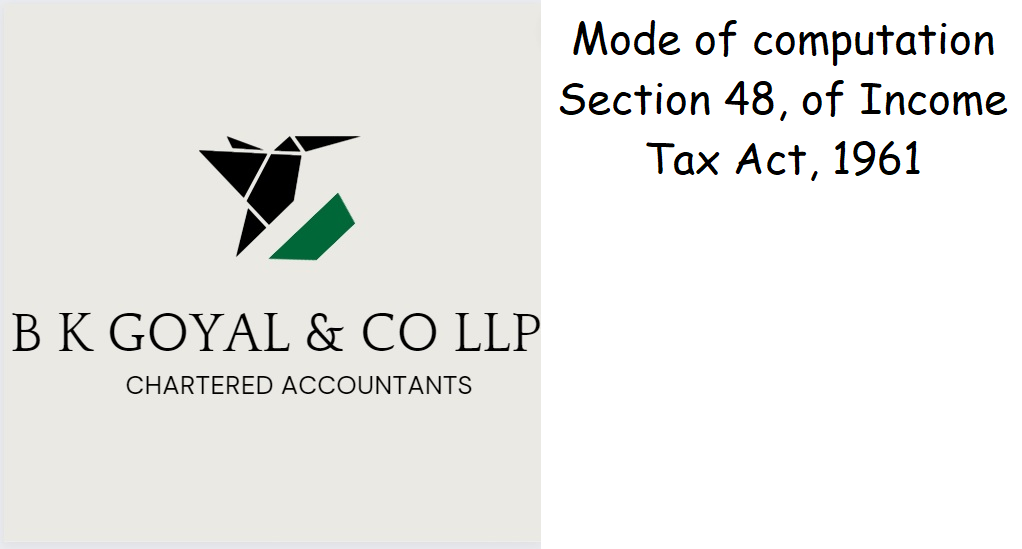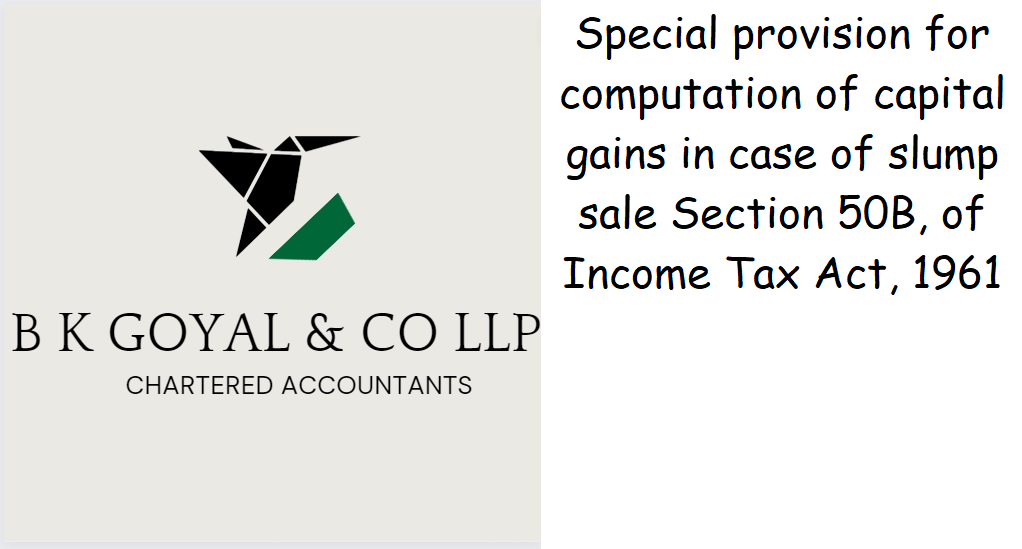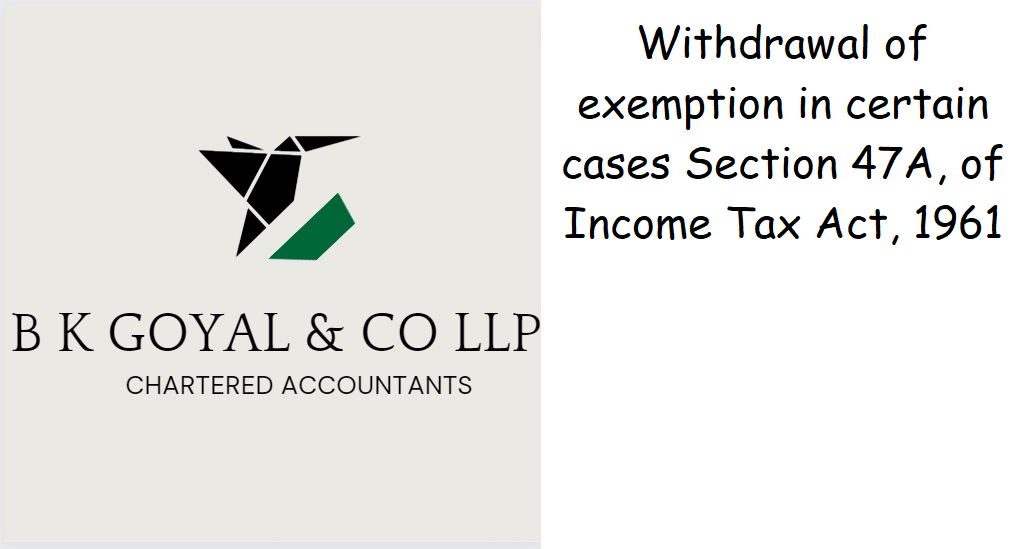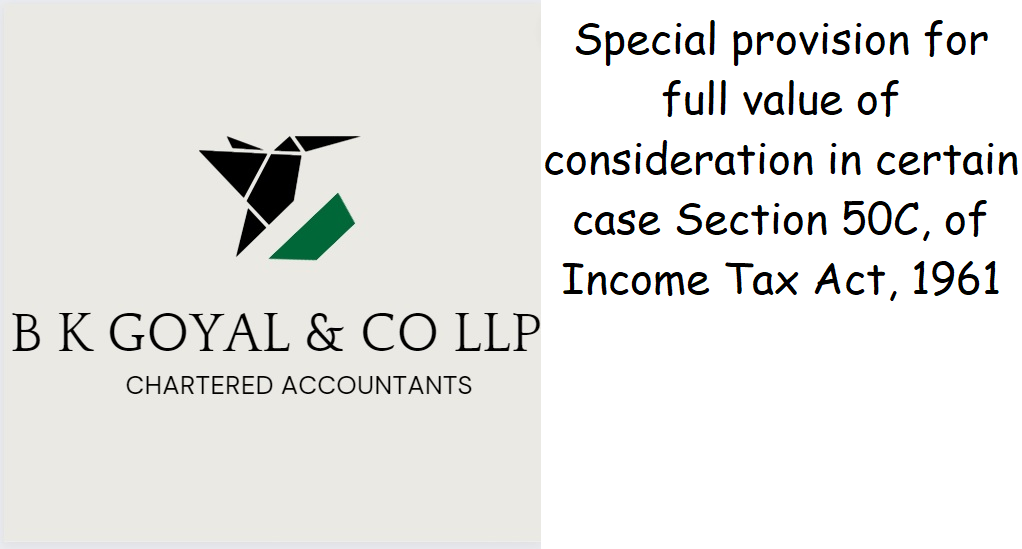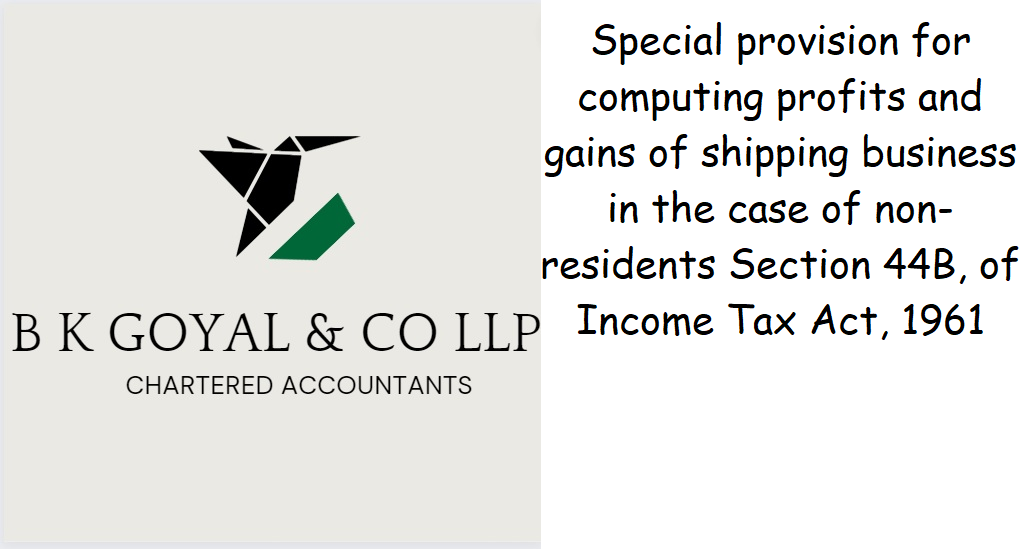Section 49 of Income Tax Act, 1961
Understanding section 49 of the Income Tax Act, 1961 : Cost with reference to certain modes of acquisition Section 49 of the Income Tax Act, 1961 outlines the rules for determining the cost of acquisition of a capital asset in various situations. Let’s break down these provisions in simpler terms: Section 49: Determination of Cost of Acquisition 1. General Rule (Sub-section 1): If you acquire a capital asset through means like inheritance, gift, will, or dissolution of a firm, the cost of acquisition is considered to be what the previous owner paid for it, plus any improvement costs. Example: If you inherit a property from your parents, the cost of acquisition for you will be what your parents originally paid for it, plus any expenses for improvements they made. 2. Specific Cases (Sub-sections 2-10): Different rules apply in specific situations, such as acquiring shares through company amalgamation, receiving shares through a trust transfer, or getting assets in a business trust. In each case, the cost of acquisition is determined differently. Example: If you acquire shares through an amalgamation of companies, the cost of acquisition is considered to be what you paid for those shares in the amalgamating company. 3. Capital Gain Calculations (Sub-sections 3-9): In certain situations, like when a capital asset is transferred due to a demerger or a property’s value is subject to income tax, the cost of acquisition for the new owner is determined based on the value or cost taken into account for tax purposes. Example: If a property’s value is subject to income tax, the new owner’s cost of acquisition will be the value considered for tax purposes. 4. Electronic Gold Receipts (Sub-section 10): If you acquire an Electronic Gold Receipt (EGR) or receive gold against an EGR, the cost of acquisition is determined based on the cost of gold in the EGR or the cost of the EGR itself, depending on the situation. Example: If you receive an EGR as consideration, the cost of acquisition for tax purposes will be the cost of the gold in that EGR. Important Note: The provisions in Section 49 aim to ensure a fair and consistent method for calculating the cost of acquisition in various scenarios. These simplified explanations aim to provide a clearer understanding of the provisions in Section 49 of the Income Tax Act, 1961. Complete legal text of Section 49 of Income Tax Act, 1961 (1) Where the capital asset became the property of the assessee— (i) on any distribution of assets on the total or partial partition of a Hindu undivided family; (ii) under a gift or will; (iii) (a) by succession, inheritance or devolution, or (b) on any distribution of assets on the dissolution of a firm, body of individuals, or other association of persons, where such dissolution had taken place at any time before the 1st day of April, 1987, or (c) on any distribution of assets on the liquidation of a company, or (d) under a transfer to a revocable or an irrevocable trust, or (e) under any such transfer as is referred to in clause (iv) or clause (v) or clause (vi) or clause (via) or clause (viaa) or clause (viab) or clause (vib) or clause (vic) or clause (vica) or clause (vicb) or clause (vicc) or97 [clause (viiac) or clause (viiad) or clause (viiae) or clause (viiaf) or] clause (xiii) or clause (xiiib) or clause (xiv) of section 47; (iv) such assessee being a Hindu undivided family, by the mode referred to in sub-section (2) of section 64 at any time after the 31st day of December, 1969, the cost of acquisition of the asset shall be deemed to be the cost for which the previous owner of the property acquired it, as increased by the cost of any improvement of the assets incurred or borne by the previous owner or the assessee, as the case may be. Explanation.—In this sub-section the expression “previous owner of the property” in relation to any capital asset owned by an assessee means the last previous owner of the capital asset who acquired it by a mode of acquisition other than that referred to in clause (i) or clause (ii) or clause (iii) or clause (iv) of this sub-section. (2) Where the capital asset being a share or shares in an amalgamated company which is an Indian company became the property of the assessee in consideration of a transfer referred to in clause (vii) of section 47, the cost of acquisition of the asset shall be deemed to be the cost of acquisition to him of the share or shares in the amalgamating company. (2A) Where the capital asset, being a share or debenture of a company, became the property of the assessee in consideration of a transfer referred to in clause (x) or clause (xa) of section 47, the cost of acquisition of the asset to the assessee shall be deemed to be that part of the cost of debenture, debenture-stock, bond or deposit certificate in relation to which such asset is acquired by the assessee. (2AA) Where the capital gain arises from the transfer of specified security or sweat equity shares referred to in sub-clause (vi) of clause (2) of section 17, the cost of acquisition of such security or shares shall be the fair market value which has been taken into account for the purposes of the said sub-clause. (2AAA) Where the capital asset, being rights of a partner referred to in section 42 of the Limited Liability Partnership Act, 2008 (6 of 2009), became the property of the assessee on conversion as referred to in clause (xiiib) of section 47, the cost of acquisition of the asset shall be deemed to be the cost of acquisition to him of the share or shares in the company immediately before its conversion. (2AB) Where the capital gain arises from the transfer of specified security or sweat equity shares, the cost of acquisition of such security or shares shall be the fair market value which has been taken into
Section 49 of Income Tax Act, 1961 Read More »
